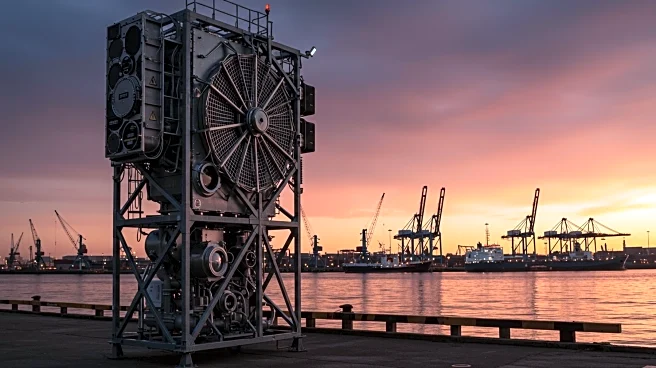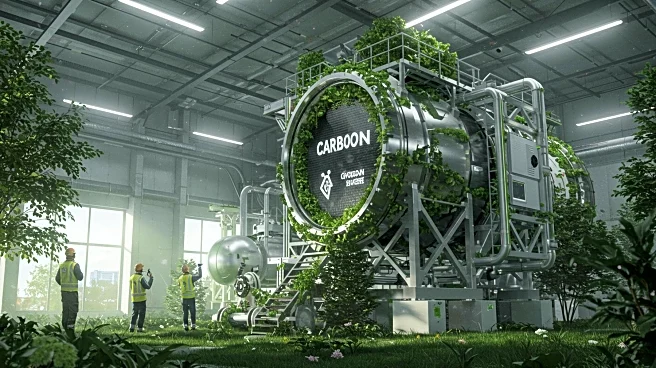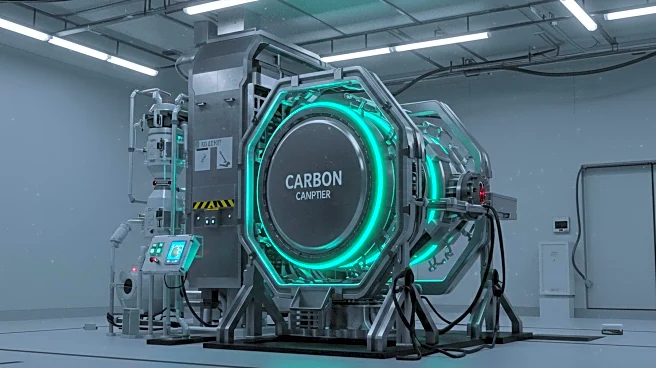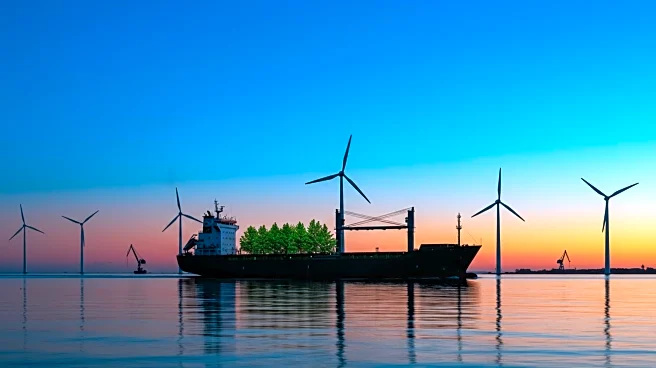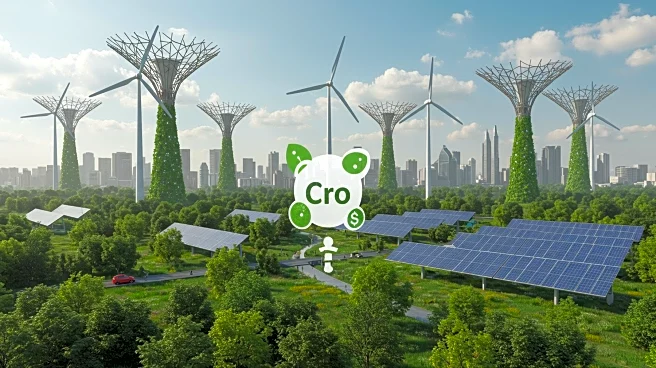Rapid Read • 8 min read
The UK Government has awarded £1.1 million ($1.48 million) to a project aimed at integrating carbon and emission capture technologies at the Port of Southampton. This initiative, part of the Clean Maritime Demonstration Competition, involves STAX Engineering and Seabound, along with Associated British Ports. The project will deploy emission capture barges equipped with STAX's technology, which captures up to 99% of particulate matter and 95% of nitrogen oxides from docked ships. Seabound's modular carbon capture units will be integrated into these barges, isolating and storing up to 95% of carbon dioxide and 98% of sulfur oxides. This marks the first UK port to host a fully-integrated solution for capturing CO2 emissions and other pollutants while ships are docked.
AD
This project represents a significant advancement in maritime decarbonization efforts, providing a practical solution for ports to meet environmental regulations without retrofitting ships. By capturing emissions directly at the port, the initiative supports cleaner operations and aligns with global efforts to reduce maritime pollution. The integration of carbon capture technology offers a scalable approach to reducing greenhouse gas emissions, potentially influencing similar projects worldwide. The involvement of Associated British Ports, the largest port operator in the UK, underscores the importance of industry collaboration in achieving environmental goals.
The project is set to expand with the deployment of emission capture barges at the Port of Southampton, integrating Seabound's carbon capture technology. This development may prompt other ports to adopt similar systems, enhancing global maritime decarbonization efforts. As environmental regulations tighten, the success of this project could lead to broader implementation across the UK and potentially influence international maritime policies. Stakeholders, including maritime operators and environmental groups, will likely monitor the project's progress and impact on emissions reduction.
The project highlights the growing importance of technological innovation in addressing environmental challenges. By providing a cost-effective solution that avoids retrofitting ships, it addresses both economic and environmental concerns. The collaboration between STAX and Seabound demonstrates the potential for cross-industry partnerships to drive sustainable practices. This initiative may also encourage further investment in clean energy technologies, fostering a culture of innovation within the maritime sector.
AD
More Stories You Might Enjoy
